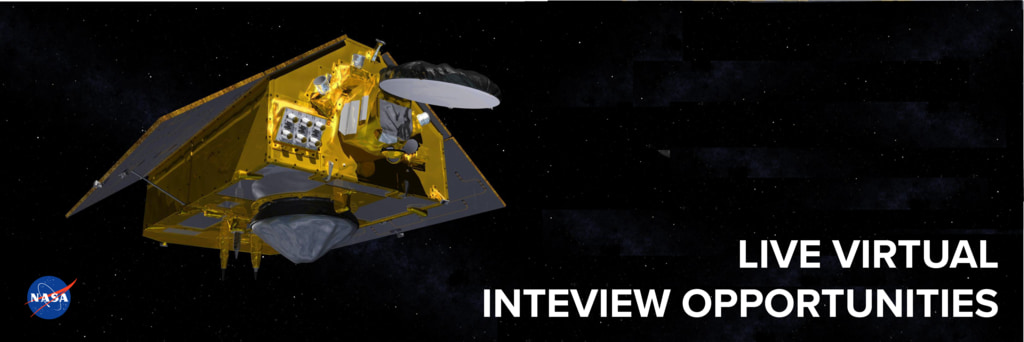Witness the Breathtaking Beauty of Earth's Polar Regions with NASA's Operation IceBridge
VIDEO: "Witness the Breathtaking Beauty of Earth’s Polar Regions"
Operation IceBridge recorded the diversity and fragility of our rapidly changing polar regions. These areas are some of the most inhospitable, but breathtaking places on Earth. Sit back and witness the polar regions, from western Greenland to Antarctica. Notable features include the Pine Island Glacier, Larsen C ice shelf, and rapid summer melt on the western Greenland Ice Sheet.
Learn more: Operation IceBridge
Music Provided by Universal Production Music: "Arabesque No.1" by Claude Debussy [PD]
For More Information
Credits
Please give credit for this item to:
NASA's Goddard Space Flight Center
-
Producer
- Katie Jepson (USRA)
-
Videographers
- Jefferson Beck (USRA)
- Kathryn Mersmann (USRA)
- Michael Starobin (KBR Wyle Services, LLC)
-
Technical support
- Aaron E. Lepsch (ADNET Systems, Inc.)
Release date
This page was originally published on Tuesday, April 7, 2020.
This page was last updated on Wednesday, May 3, 2023 at 1:45 PM EDT.


